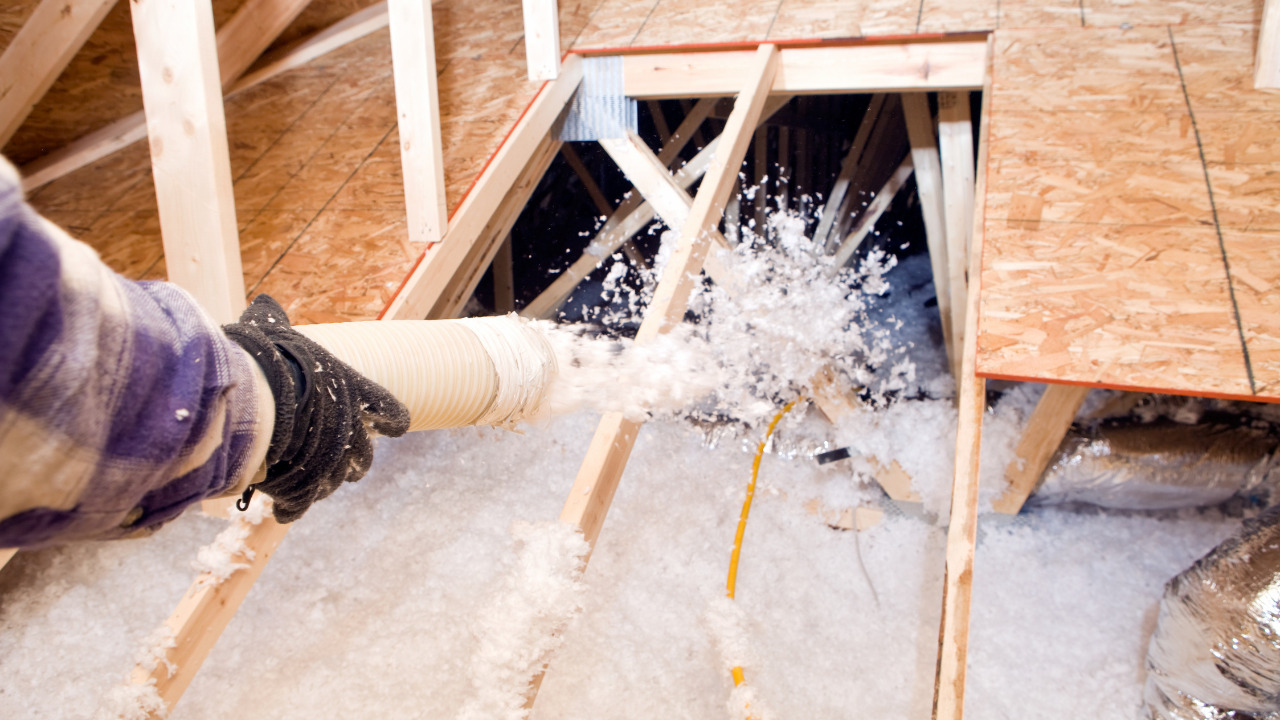It’s critical to evaluate the condition of the materials even before removing any insulation. Before installation, the materials may have lost their ability to insulate, deteriorate, or contain asbestos.
It’s crucial to figure out whether the removal and disposal are urgent and necessary or if they’re just normal. It’s good to hire an expert to examine the situation and provide viable alternatives for material removal, disposal, and reinstallation.
While blown-in insulation must be removed by a professional using industrial-strength vacuuming, fiberglass rolls can be disposed of at home. Although it isn’t nearly as simple as walking to the trash can, getting rid of old insulation is a relatively uncomplicated task when done correctly.
Table of Contents
The Insulation’s Disposal process Will Be Different For Each Area
The amount of waste disposed of in each home will vary. However, before any disposal, there is the removal process, which an experienced specialist best performs. While some removals will be basic and uncomplicated, others may prove difficult, if not dangerous.
Professionals speed all removals and disposals with specialized equipment and a keen awareness of the tenants’ health and safety, which must always be a top priority.
Insulation Disposal Requires Experience
The removal and disposal of insulation necessitate prior experience. This is labor that the average homeowner cannot efficiently manage in most cases. Industrial vacuum equipment and an outside disposal facility to store and safely transport waste insulation are required for thorough removal and safe disposal.
In reality, many communities have strict standards for collecting, storing, and transporting old insulation. Shortcuts in disposal are not appropriate at this time.
Call Professional Waste Collector Agency
Each city has its own rules and regulations for the disposal or recycling of specific materials. In the case of old fiberglass insulation, asbestos fibers could have been present in the vermiculite. That can be difficult to dispose of, so it’s better to leave it to the specialists.
Consult a garbage collection service if your insulation isn’t outdated and you’re changing it out of the blue. The organization can provide information on local, state, and federal regulations governing disposal and recycling.
You could be in problems with the law if you don’t follow the legal requirements. You may have to pay much money in attorney fees and legal penalties due to this.
Perform Disposal Process In A Well-Ventilated Area
To avoid inhaling the fiberglass dust, dispose of it in a well-ventilated environment. Choose a large area with plenty of natural light, open doors, windows, and a ventilation system. A room with very little furnishings is likewise a good option.
You’ll be able to clear up any dust or debris that falls to the ground in this manner.
Wear Safety Dress
Make sure you’re wearing old clothes no matter what you’re wearing. It would help if you got rid of those clothes as soon as possible. This is because, following the insulation disposal procedure, they are likely to retain traces of fiberglass.
If you come into contact with fiberglass insulation, it can irritate your skin. Don’t be alarmed; apply fiberglass to your skin if this happens. Because fiberglass can harm your skin, you should protect your hands by wearing thick work gloves.
You might not have the optimum movement with such gloves. They will, however, allow you to dispose of your waste without concern.
Use Large Bags For Packing Disposed Material
Contractor bags are the best bags for disposing of insulation. These bags are substantial and long-lasting. As a result, they’re ideal for transporting large volumes of insulation. In the contractor bags, secure the fiber insulation. You’ll avoid any leakage while handling and transit this way.
Clean The Used Room Or Area After The Completion Of the Disposal process
You’ll need to clean the room where you were working once you’ve bagged all fiberglass insulation. All fiberglass insulation dust and debris can be vacuumed or swept away. After that, put any dust or debris you collected throughout the cleaning into one of the contractor bags.
You’ll be able to keep any additional dust out of your house this way. Because fiberglass insulation is potentially hazardous, it cannot be thrown away in a regular trash can.
You’ll have to contact your local garbage authority instead. You may also need to contact the waste management department in your county.
Recycling Is Better Than Disposing
Inquire about recycling alternatives when speaking with your local garbage disposal authority. Recycling may be a more environmentally friendly option than disposal. Thermal or acoustic insulation is made from recycled fiberglass insulation.
Waste disposal and recycling are strictly regulated in most towns around the country. When it comes to dangerous products, the laws are significantly stricter.
Conclusion
If you know what to do, disposing of fiberglass insulation is a rather simple operation. As previously stated, you must remember to follow each step carefully. Furthermore, you must follow correct safety measures to keep yourself and your property safe.
Disposing of fiberglass insulation might be difficult in some situations. It’s best to leave outdated insulation with mould and asbestos to the pros. Disposing of such insulation necessitates specialist equipment, which you may not have or be familiar with.





